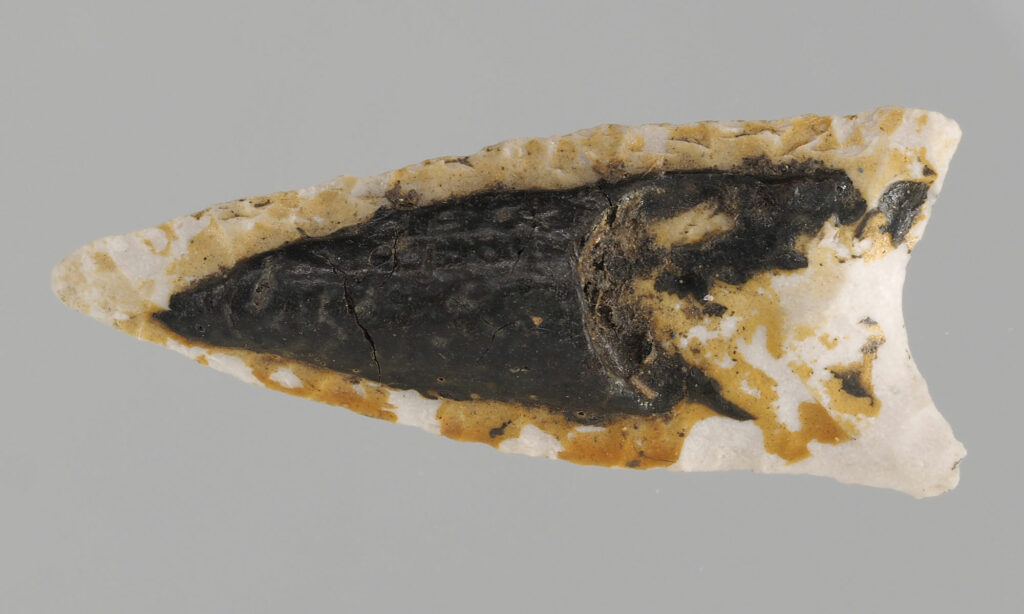
COPENHAGEN, Denmark – University of Copenhagen anthropologists Hans Schröder and geneticist Anna White and their colleagues analyzed 30 samples of birch bark taken from nine Neolithic settlements in the Alpine region of Europe. Phys.org Report Some tar samples were found as loose lumps. Other artifacts studied were in the form of pottery and flint blade fragments. The samples were chemically analyzed first, to confirm that they were birch bark tar, which is produced by heating birch bark until it becomes a sticky black resin. Genetic material from both males and females was found in the samples through DNA analysis. DNA from oral bacteria in some samples showed that the tar had been chewed. DNA from barley, beech, wheat, peas and hazel was also detected in the lumps, probably from food recently eaten by the cheers. Traces of plant DNA were also found in the tar taken from the potsherds, suggesting that the pots were used for food storage or cooking. The researchers concluded that the tar in the pots could be used to repair cracks or leaks, while the tar recovered from the flint blades was used to attach the handles. To read the original academic paper, go to Proceedings of the Royal Society b. To read more about the period, go to “Neolithic Toolkit”.
Analysis of post-neolithic birch bark tar was previously published in Archeology Magazine.








